
It would be an oversimplification to say that Vienna is a city of two halves, but it’s undoubtedly one with two distinct personalities.
There’s the more traditional side, with all the reasons my mother would make a beeline for the Austrian capital: genteel, grand buildings painted in shades of pastel elegance and steeped in history; centuries-old coffee houses with their fiercely contested cake recipes (just ask about the true origins of the famed Sachertorte if you want to see sparks fly); the plethora of Christmas markets scattered around the city, with a frankly overwhelming abundance of festive cheer; the clip clop of hooves as tourist horse and cart rides make the rounds of the first district.
But then there’s the less-expected side of Vienna – the side that is, whisper it, actually cool. Think small plates and cocktails at an intimate, design-led restaurant; boutique hotels with contemporary interiors to satisfy even the most discerning of millennials; cutting-edge cultural attractions that act as the perfect balm to the city’s austere Grand Dame museums.
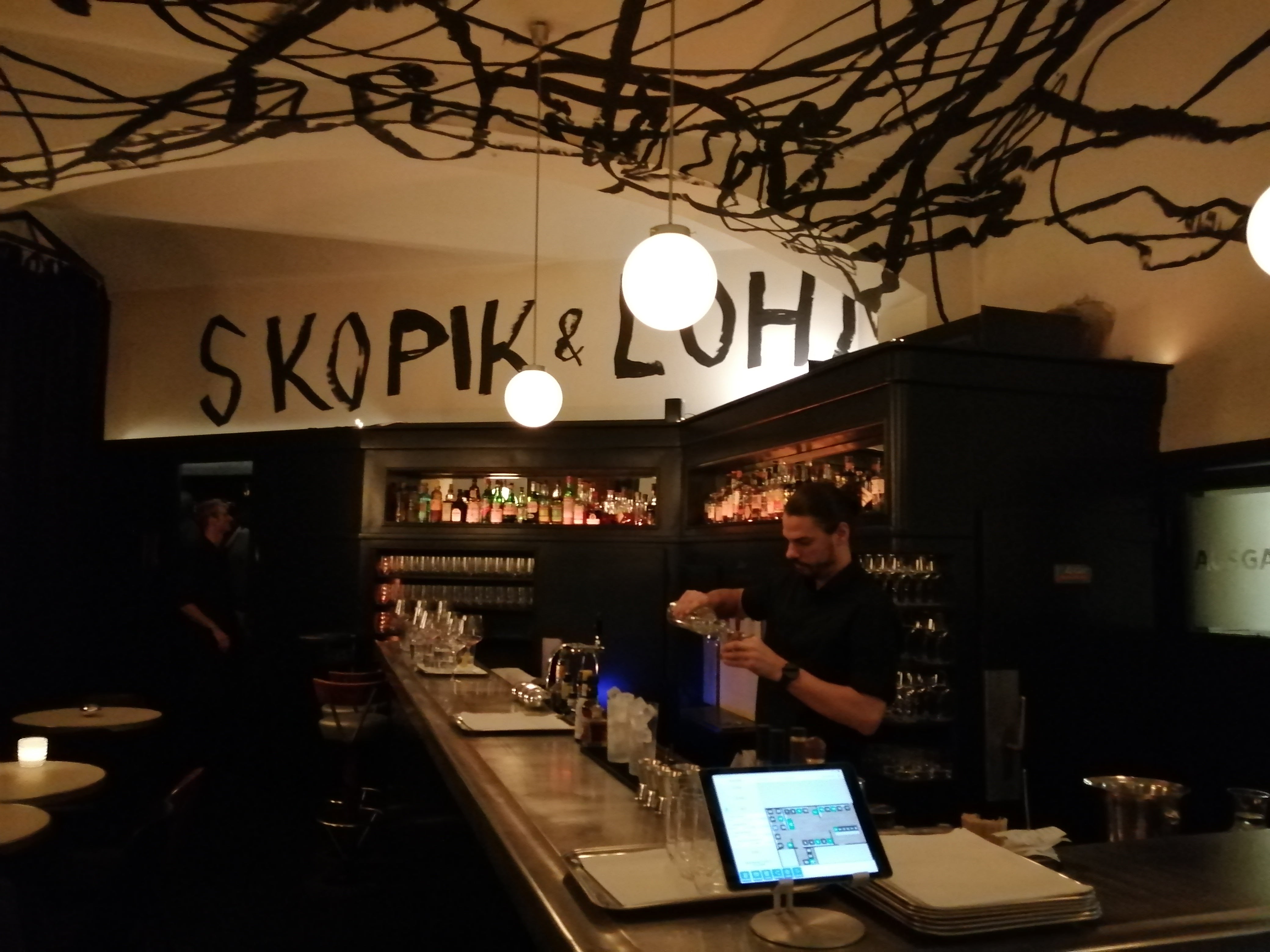
To my mind, the best way to do Vienna is to balance both alter egos. After all, no one wants to return from a visit without having stopped for coffee and kuchen at a storied, high-ceilinged cafe dripping in history, but nor do you want to feel you’ve seen nothing of the modern scene for which Vienna has been crowned the world’s most liveable city multiple times, including in 2022.
I start my traditional-trendy hybrid break by swapping the usual plane ride from London for a longer, more adventurous train ride. As of 2022, there’s a new option for making this journey: a sleeper train from Paris to Vienna. It means catching an afternoon Eurostar to Paris, strolling 10 minutes from the Gare du Nord to the Gare de l’Est, and boarding the evening Nightjet service to Vienna.
Finding my six-berth couchette, I quickly befriend my fellow fresh-faced (read: young) cabinmates – all of whom can, of course, speak perfect English, despite hailing from all over the continent – and we swap stories while chowing down on station-bought sandwiches. One of them has travelled all the way from Santiago de Compostela in Spain, having completed the Camino pilgrimage trail; a fellow non-flier, he took an overnight bus all the way to Paris.
Then there’s the less-expected side of Vienna – the side that is, whisper it quietly, actually cool
Come bedtime, I clamber up to my top bunk, don PJs and sleep mask, and manage to get a solid eight hours’ kip before the train guard wakes us for a breakfast of crusty rolls, jam and coffee. We chug into Vienna at a civilised 10.30am.
I could catch a bus direct to my hotel, but it’s a crisp, clear morning – the sky an eye-watering blue, the sun doing its diluted, wintry haze thing that makes me feel aglow with anticipation for the day ahead – and so I walk the 40 minutes to my bougie digs for the night. Hotel Motto is a fairly recent addition to the city’s buzzy sixth district, and a far cry from the caricature of olde worlde Viennese stuffiness that I might have expected.
This boutique channels a “Paris golden age” brand of sophistication – even the entrance is discreet to the point of feeling like a well-kept secret – and I step inside to find dusky-pink velvet tasselled lamps, polished parquet flooring and richly patterned tapestry walls in shades of soft sage green.
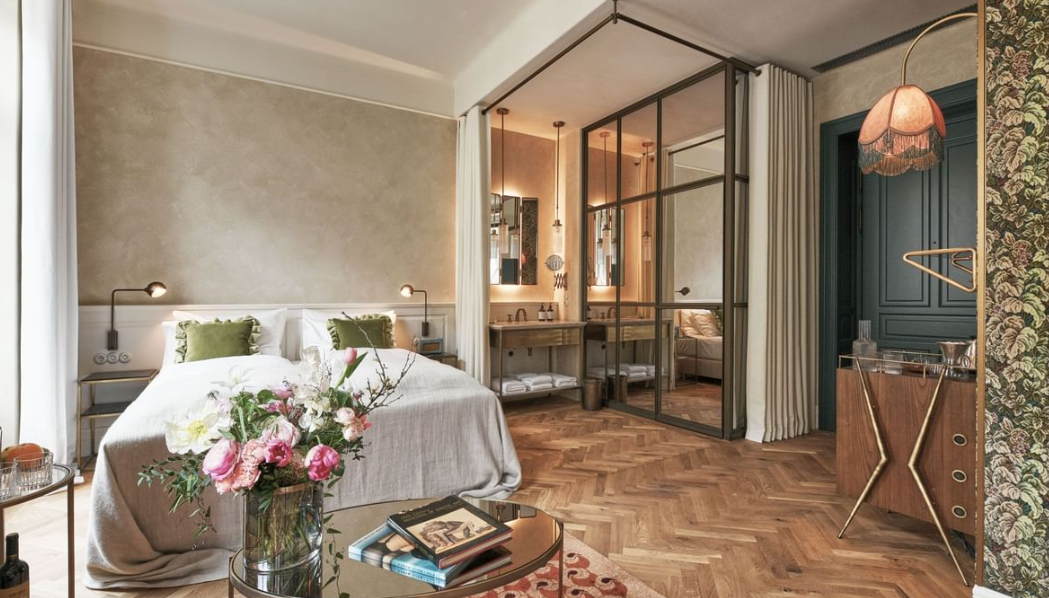
But enough of 2022 Austria – it’s time to experience one of the city’s most traditional delights. And it doesn’t get more traditional than the Hotel Sacher. Slap bang in the centre, just minutes walk from the stately opera house and baroque Hofburg Palace, this famed five-star – aside from being an extremely luxurious lodging in its own right – is renowned for serving the “original” Sachertorte. (Demel’s bakery, next to the palace, also makes a claim to being the originator of Vienna’s best-known dessert, but the argument has largely been settled after a lengthy legal battle.)
It’s worth popping your head into Hotel Sacher’s foyer just to have a gander at the grand interiors – particularly impressive when gussied up with Christmas decorations – but to do it right, you should order a slice of the superstar chocolate cake with its distinctive apricot filling. Tourists queue around the block for a table at the hotel’s Café Sacher to experience their pudding with a side of classic Viennese coffee house atmosphere.
To avoid the madding crowd and extend the experience, I opt instead for lunch at the hotel’s Restaurant Rote Bar, where Austrian dishes are cooked to perfection and served in high-ceilinged splendour, in a room decorated in wall-to-wall regal red and lit by sparkling, oversized chandeliers. White truffle-laden pasta and traditional consomme with semolina dumplings prove filling but there is, of course, room for dessert. You instantly feel like royalty just sitting in such surroundings, an impression that is only heightened as the Sachertorte is reverently presented to you alongside a melange (coffee topped with cream). I decree that, yes: it is indeed fit for a queen.
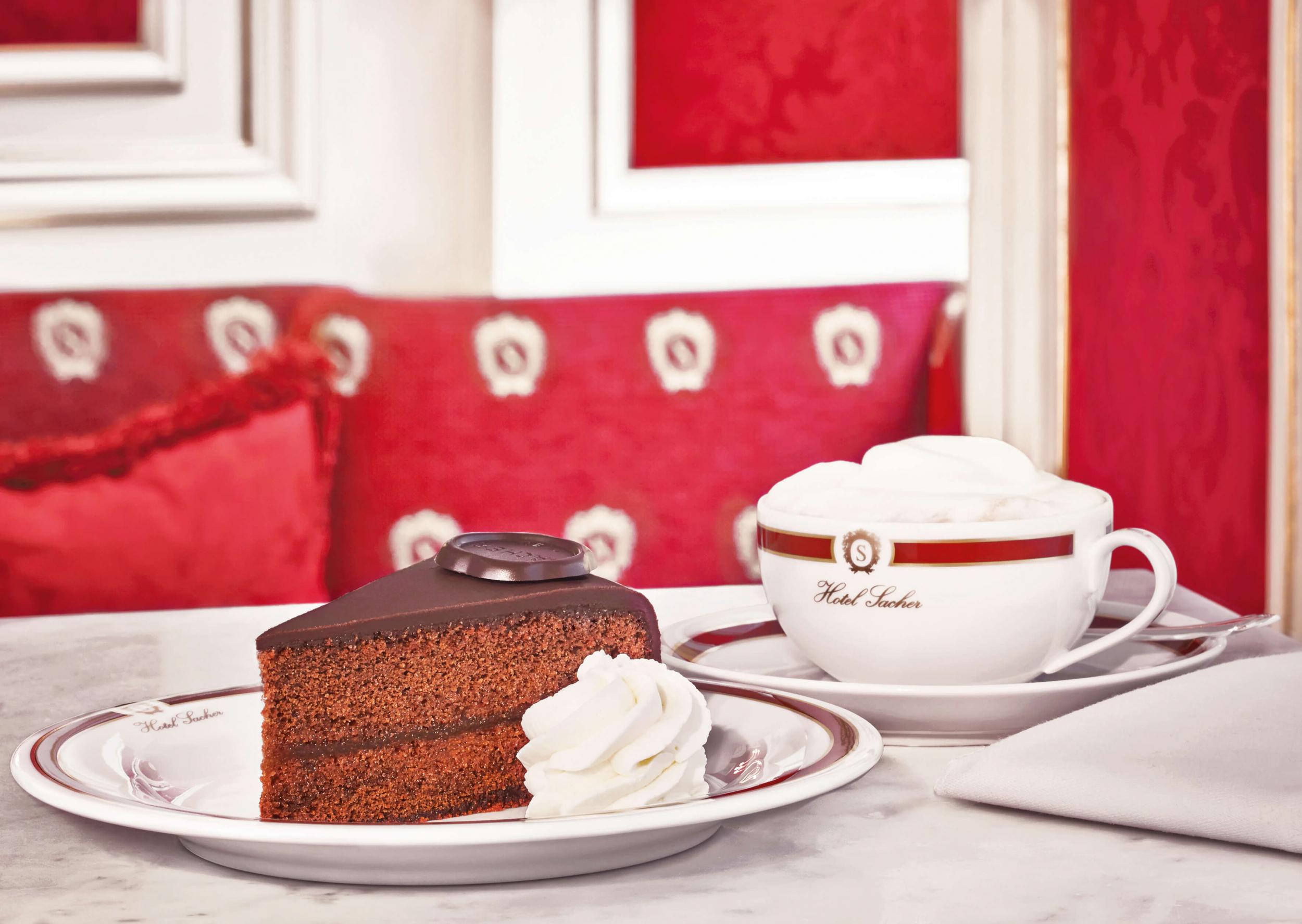
It’s time for a gear change, and the new Heidi Horten Collection provides the perfect palate cleanser. Opened to much fanfare this summer, Vienna’s latest contemporary gallery contains a carefully curated selection of dresses, artwork and sculpture collected by Austria’s richest woman. Heidi, who passed away just days after her magnificent museum flung wide its doors, was one of the country’s most famous personalities, having married into money and spent part of her jet-set life wearing a staggering array of haute couture to glamorous functions across Europe.
Once her billionaire husband died, Ms Horten began to indulge in her true passion in earnest: collecting art. In her later years, she decided she wanted to leave the pieces as a gift to her home city, and the idea for this new space was born. Thoughtfully executed, with works by everyone from Picasso to Warhol displayed alongside exquisite fashion, photography and video, the experience is a breath of fresh air, with a uniquely feminine dimension. It’s only later I discover that nearly the entire team behind the gallery is made up of women.

That night, I do another back-to-back of traditional vs up to date, following a performance of the Vienna Boys’ Choir – ruddy-cheeked and wearing sailor suit-inspired uniforms as they sing Christmas classics from “Stille Nacht” to “O Tannenbaum” in crystal-toned voices – with a dinner of scallop sashimi with brown butter and tiger prawn ceviche at trendy-as-they-come Skopik and Lohn. In a bold dining room, thick black squiggles adorn the ceiling, as if a wayward child couldn’t contain themselves.
The next morning, old and new truly meet with brunch at Vollpension: a social enterprise where pensioners work alongside young people. More than half of the 80 employees are aged over 60 and live alone or are affected by poverty; the cafe provides purpose, an income and a valuable space for different generations to socialise and connect. It’s charmingly decked out like a granny’s living room, with chintzy armchairs and sofas and a staggering array of kitschy ornaments. Diners pick a package according to what they want to eat and how long they want to stay, with unlimited coffee, iced tea and fresh lemonade for the duration of their visit. I decide on pudding for breakfast – well, there’s no one to stop me – with an order of buchteln, sweet rolls filled with jam and drowning in custard.
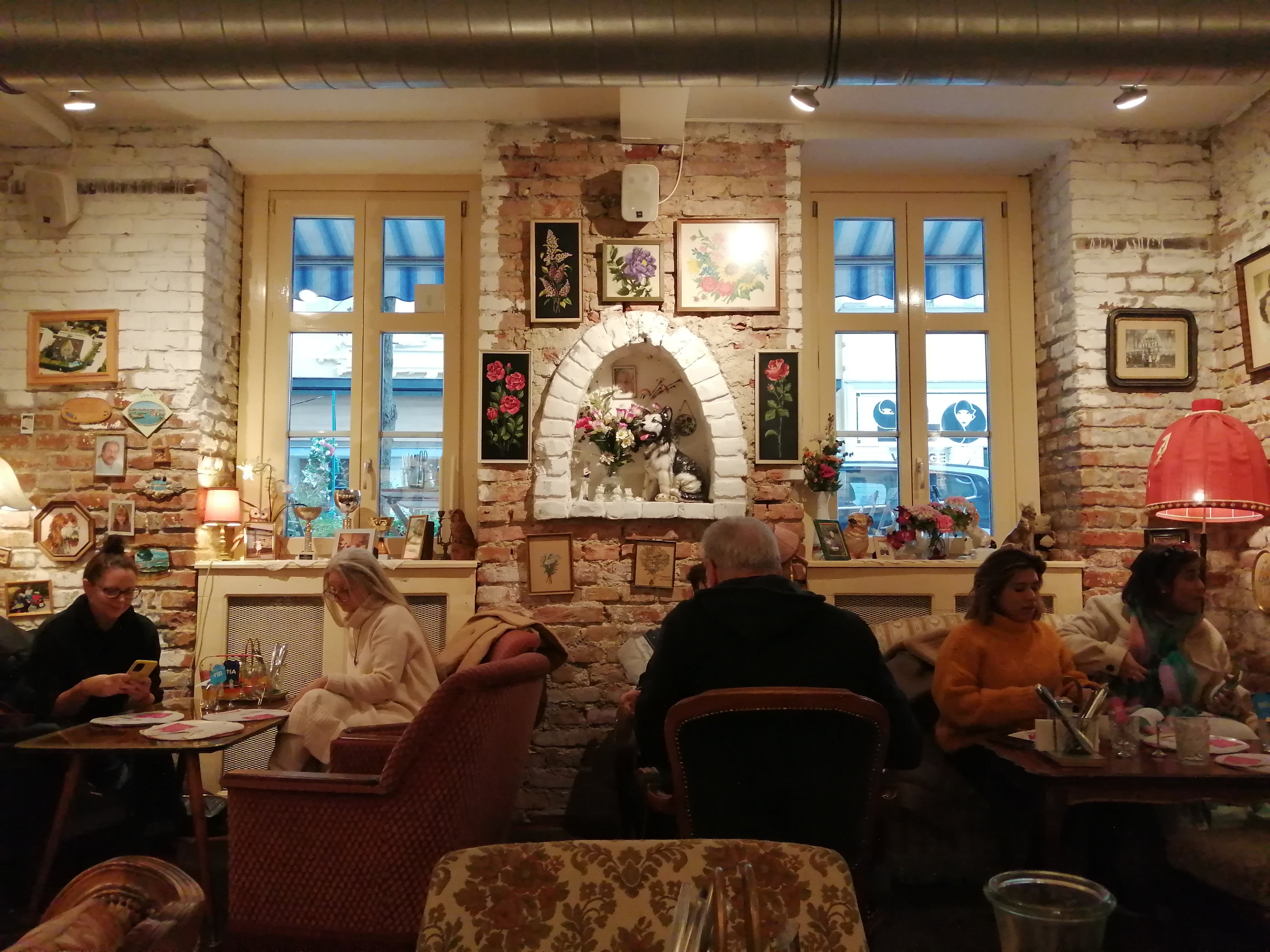
Finally, no Vienna break could possibly be complete at this time of year without a good stomp about its many, many Christmas markets. There are 30 altogether, 17 of which are “official”, and to save myself from having to decide which ones to explore, I leave the choice up to guide Basti of Rebel Tours instead. Under his expert tutelage, I learn that the city’s first ever Christmas market (though technically unofficial) started in 1600 in Stephansplatz in front of the cathedral. Many more sprung up over time, including the classy white stalls in front of the Hofburg Palace, where you can buy traditional snowglobes and hefty slabs of lebkuchen, and the artisanal fare found at Freyung, where a small stage plays host to a cappella performances throughout the festive season.
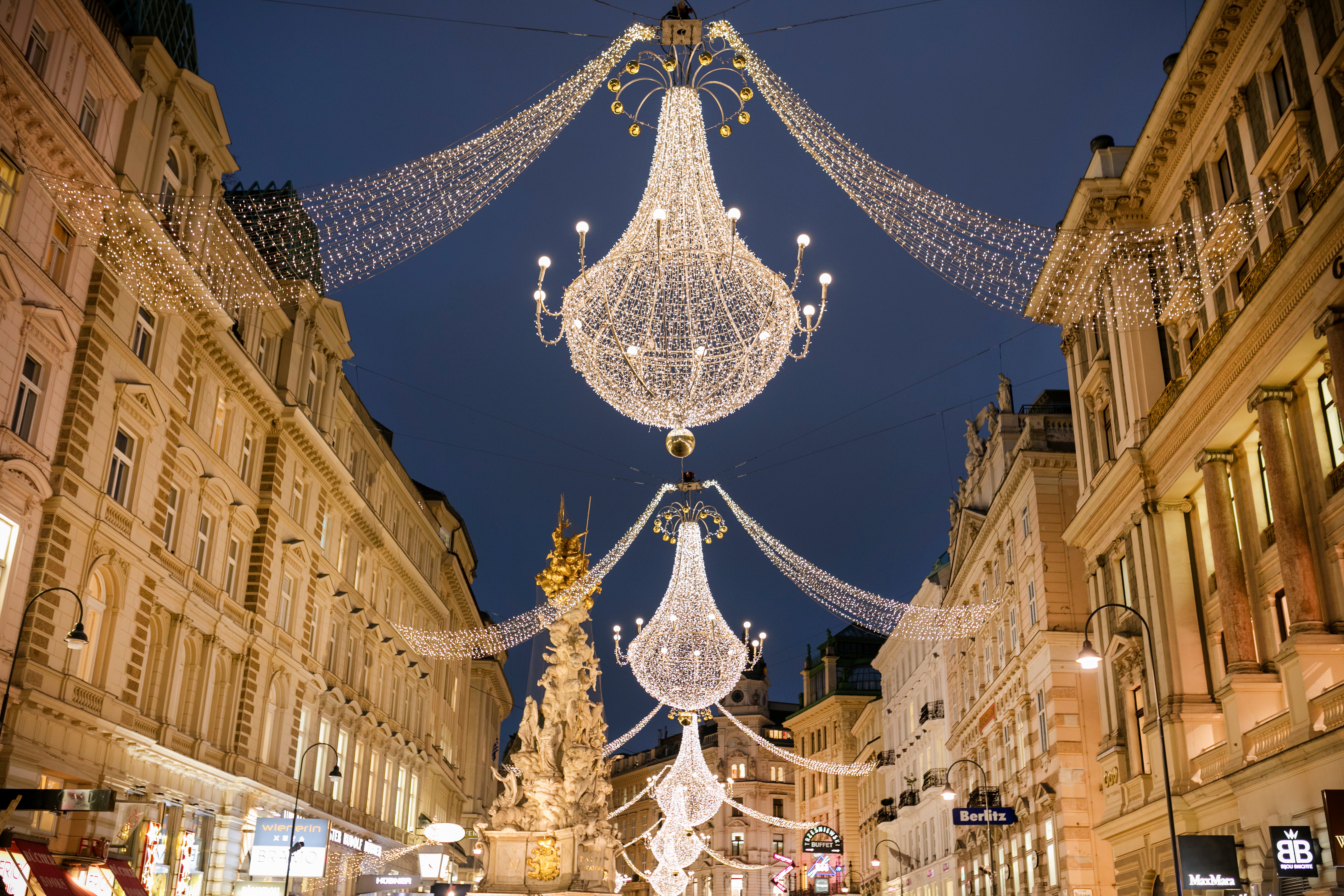
We bypass the giant, somewhat terrifying tourist magnet of Vienna’s biggest market at Rathausplatz that spills out endlessly in front of the town hall – on the grounds that it has crossed the line from kitsch to just plain tacky. Other than that, the constant scent of gluhwein, punch and melted cheese on the air, alongside the pop-up choirs singing carols in four-part harmony on every street corner, are enough to warm the heart of all but the most dedicated grinches.
It’s the ideal way to end my classic-meets-cool trip. Or should that be my sleeper train back across the continent, where I meet yet more Gen Z-ers, sharing beers as we swap Paris tourist tips? Either way, in just two days I’ve fallen for both of Vienna’s equally charming personalities.
Travel essentials
Getting there
Take the Eurostar from London to Paris, before changing to the Gare de l’Est to catch the OBB Nightjet sleeper train to Vienna. Use an online aggregator like the Trainline.com to purchase your tickets to keep them all in one place (and where everything is in plain English to ensure you book the right accommodation on the sleeper train).
Staying there
Doubles at Hotel Motto from £133, room-only.
More information
For more information on the city, go to wien.info







